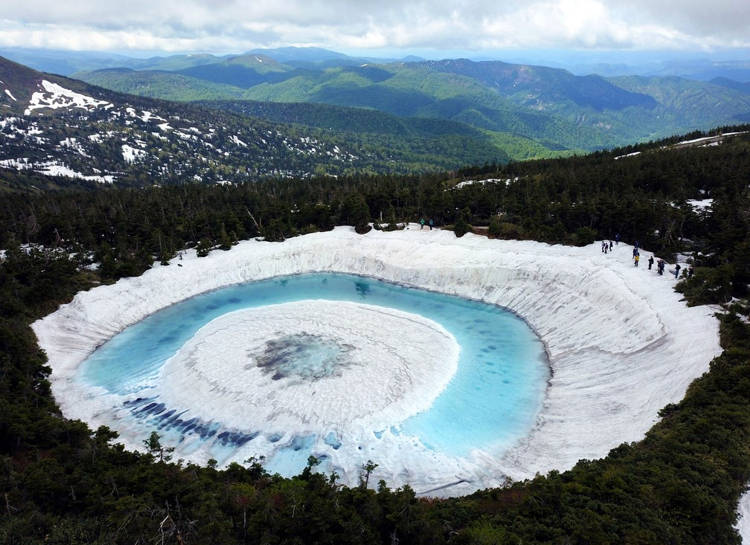
Kagami Numa – Japan’s Magical Dragon’s Eye Lake
Kagami Numa is a mythical Japanese lake that turns into a giant eye every spring, during the thawing process, hence its nickname, Dragon’s Eye Lake.

Kagami Numa is a mythical Japanese lake that turns into a giant eye every spring, during the thawing process, hence its nickname, Dragon’s Eye Lake.
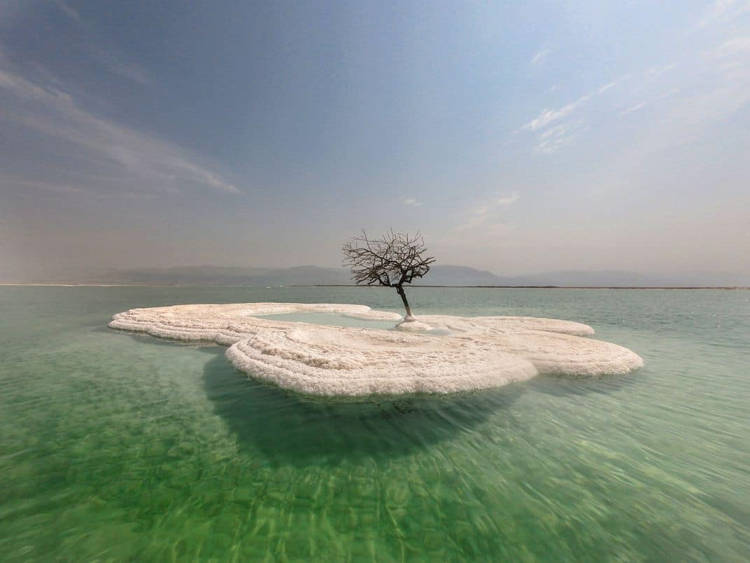
A tree seemingly growing out of a pristine white salt island in the heart of the Dead Sea isn’t something you’d expect to see when
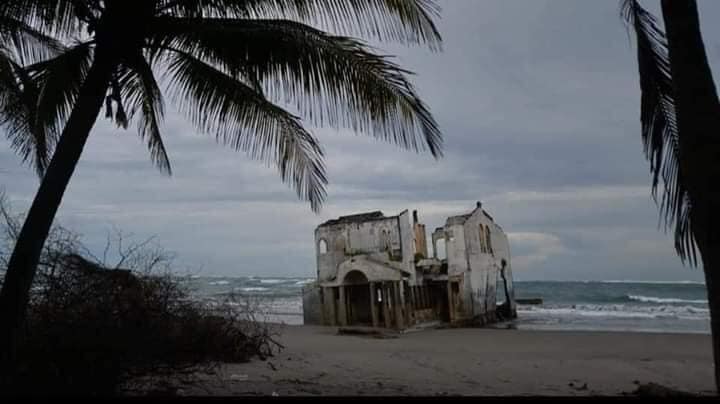
A mysterious ruined villa was recently discovered on a beach in Costa del Sol, El Salvador, leaving tourists scratching their heads at how it got
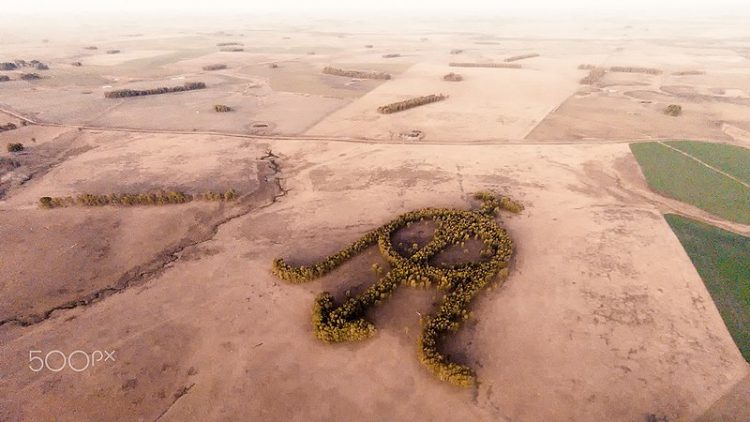
The South American country of Uruguay is home to a unique eucalyptus plantation with a very distinct shape that can only by admired from high
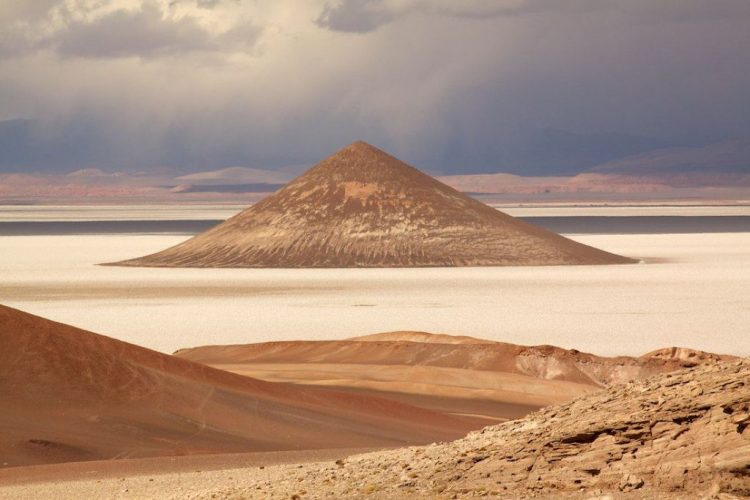
The Salar de Arizaro, Argentina’s second largest salt flat, is home to one of the world’s most mysterious natural formations – Cono de Arita, a

Burj Al Babas is an abandoned housing development in Turkey, which consists of hundreds of miniature Disney-like chateaus stretching out almost as far as the

Minami-daitojima, a small Japanese island surrounded by raised coral reef, has no beaches or docks, so the only way for people or boats to make

In the arid wastes of eastern Yemen lies a fascinating natural wonder called the Well of Barhout. Shrouded in mystery and folklore, this large hole
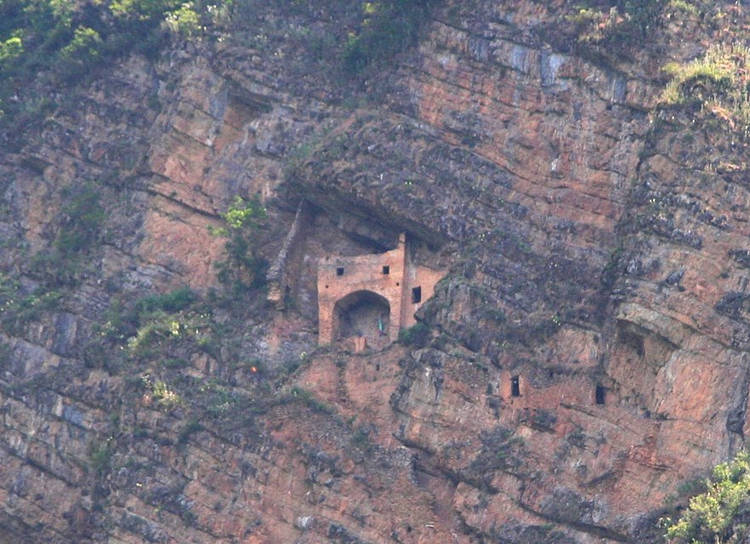
At the foothills of the Caucasus Mountains in northwest Azerbaijan, lies Parigala, one of the world’s most impressive archeological mysteries. Carved into the nearly vertical
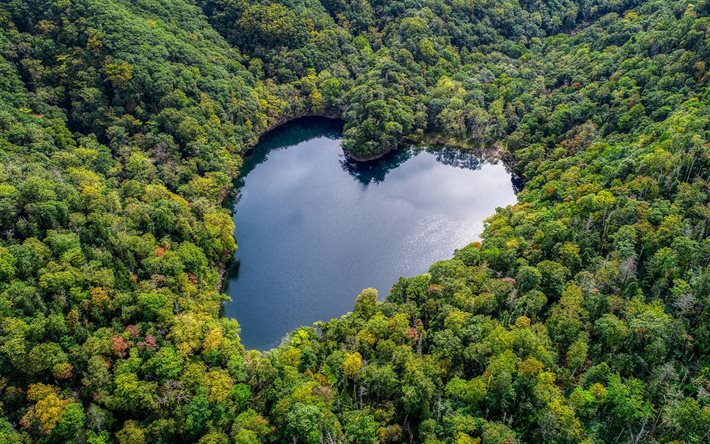
Surrounded by lush forest on all sides and untouched by human civilization, the heart-shaped Lake Toyoni is a hidden gem among Japan’s many tourism attractions.

Muscle Girls is a Tokyo-based women’s gym that doubles as a fitness-themed bar staffed by a group of young, muscular women. Japan is famous for

McGuire’s Irish Pub is a popular restaurant and local landmark in Pensacola, Florida, famous for having an estimated two million dollars in cash hanging from

BW Kafe is an unusual-looking cafe with venues in Moscow and Sankt Petersburg which look like the setting of A-ha’s famous “Take on Me” video.
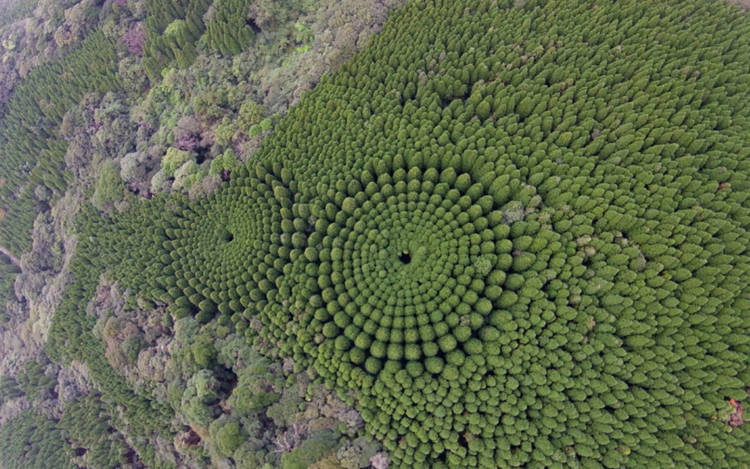
A cedar forest in Japan’s Miyazaki Prefecture is home to a couple of unusual crop circle-like patterns that are clearly not random in nature. Photos
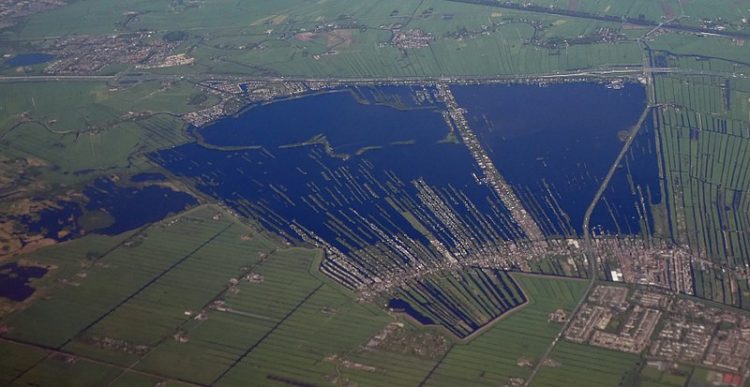
The Dutch province of Utrecht is home to a bizarre-looking lake that seems to have been carved up with a giant knife, which sounds preposterous,